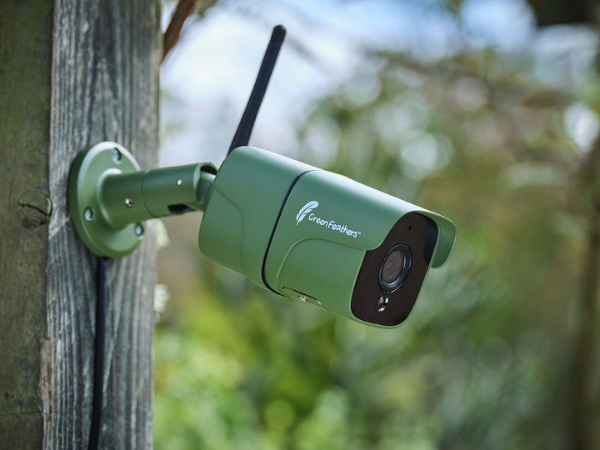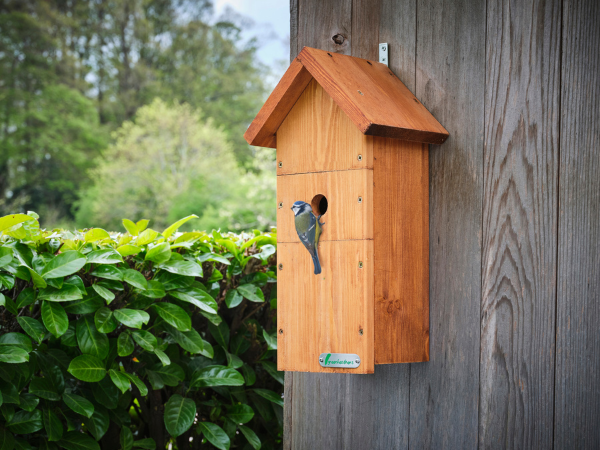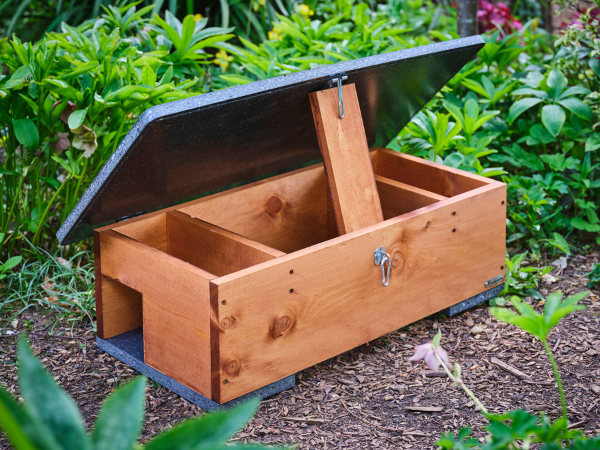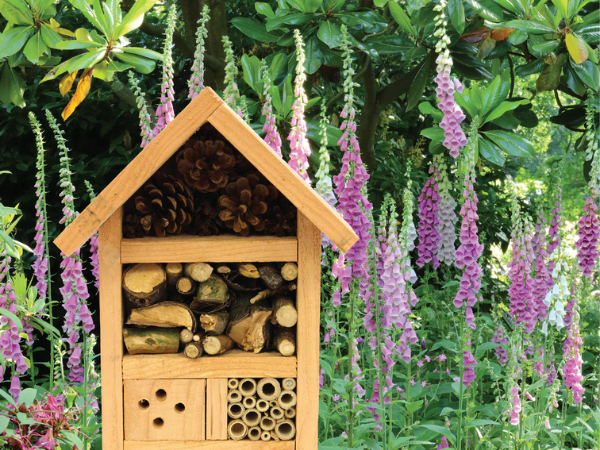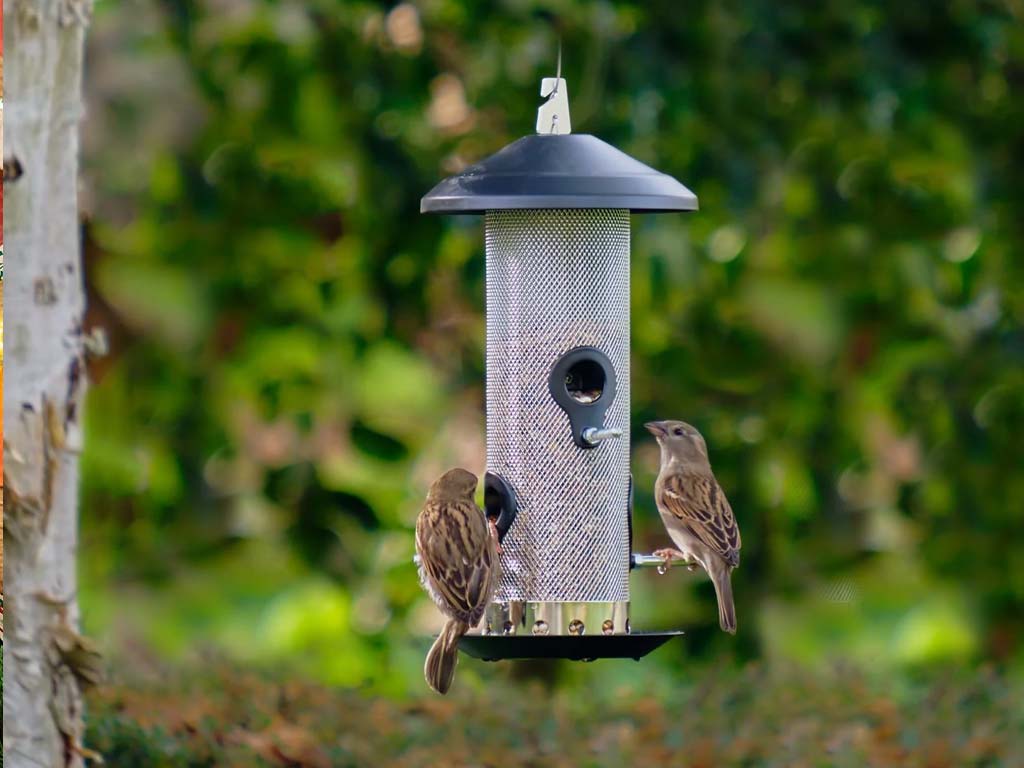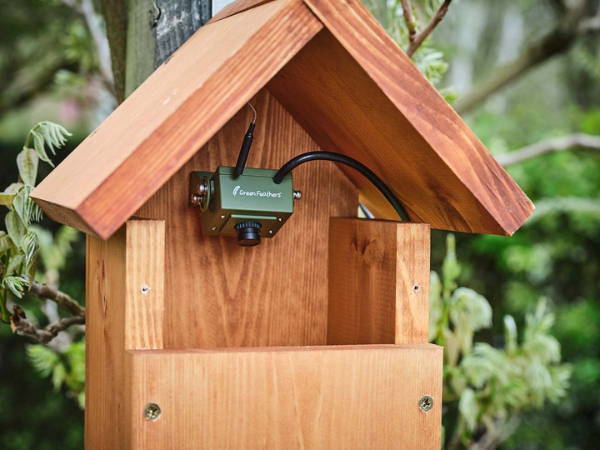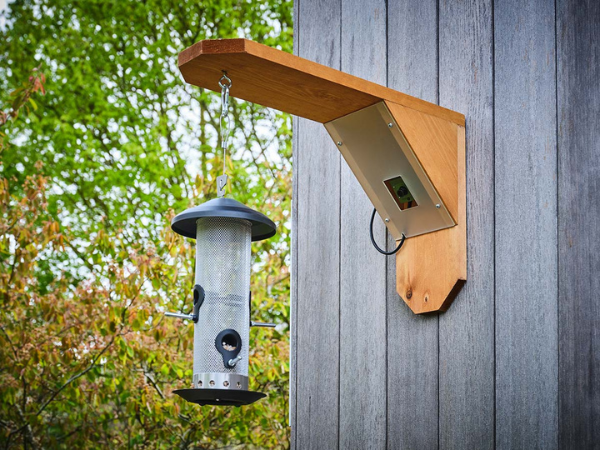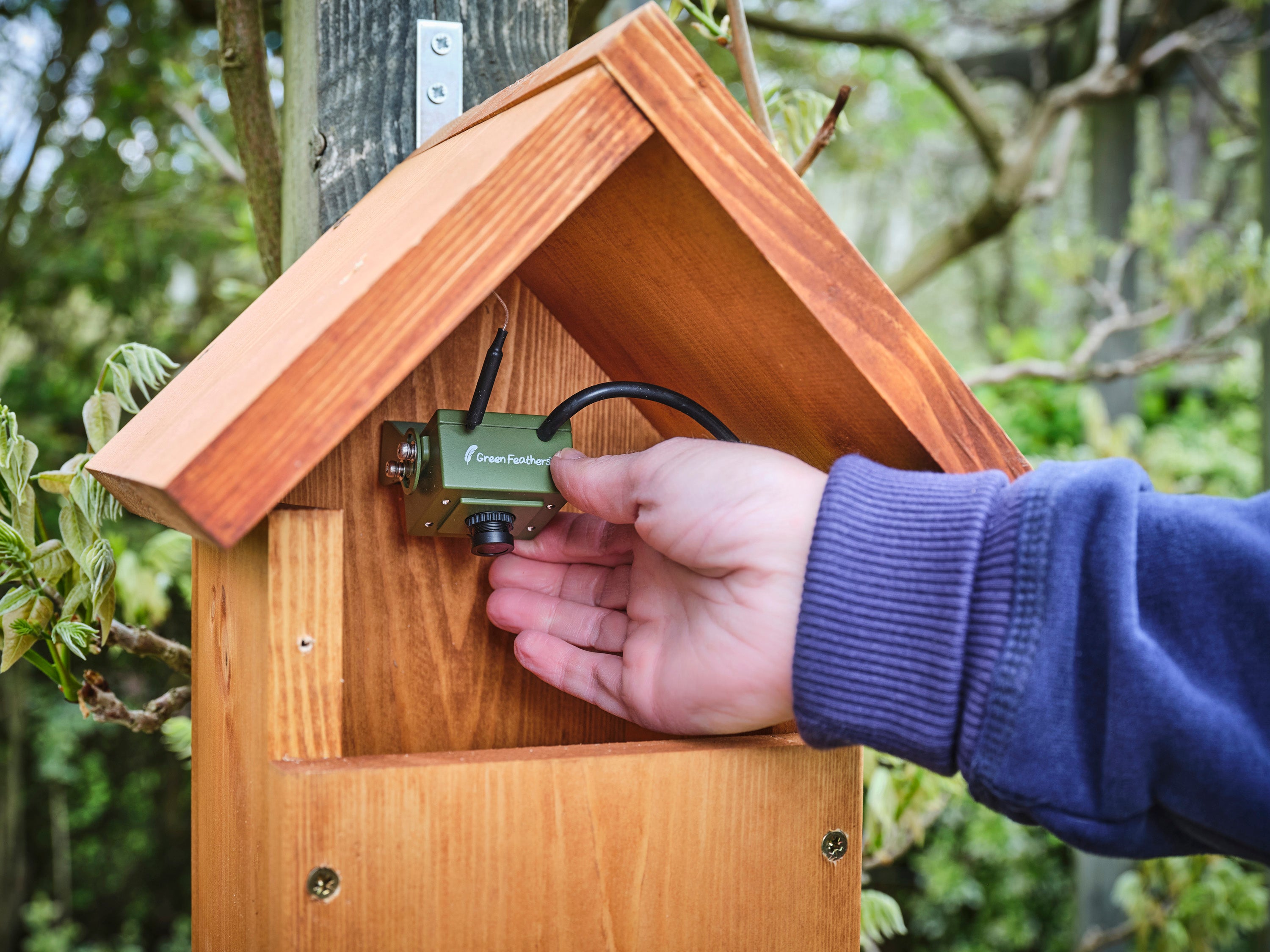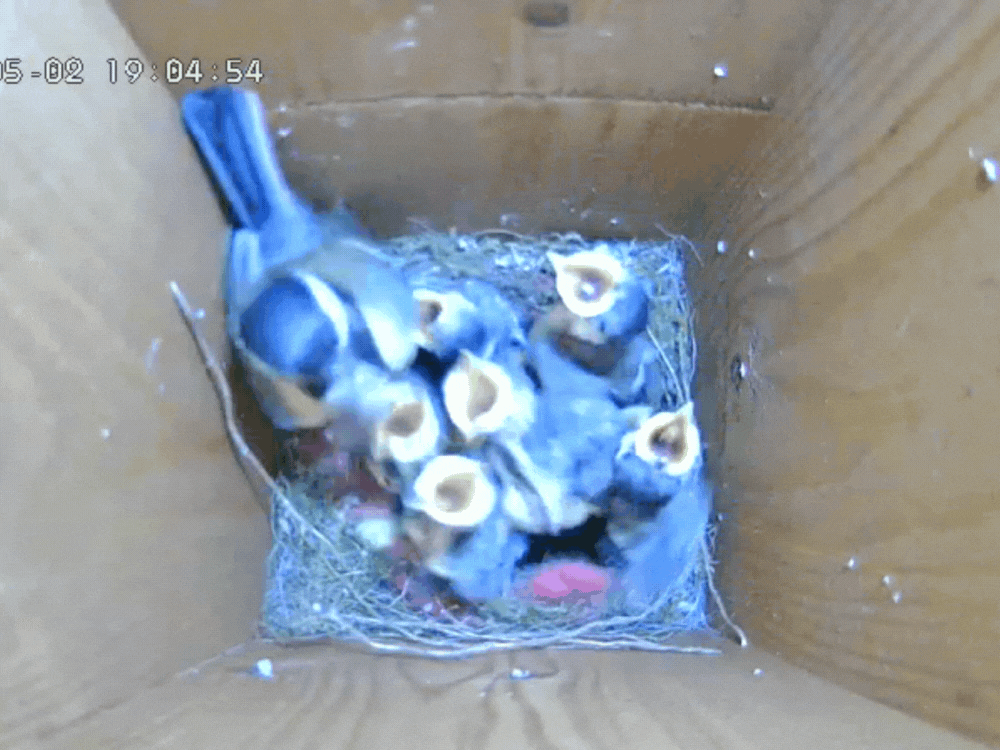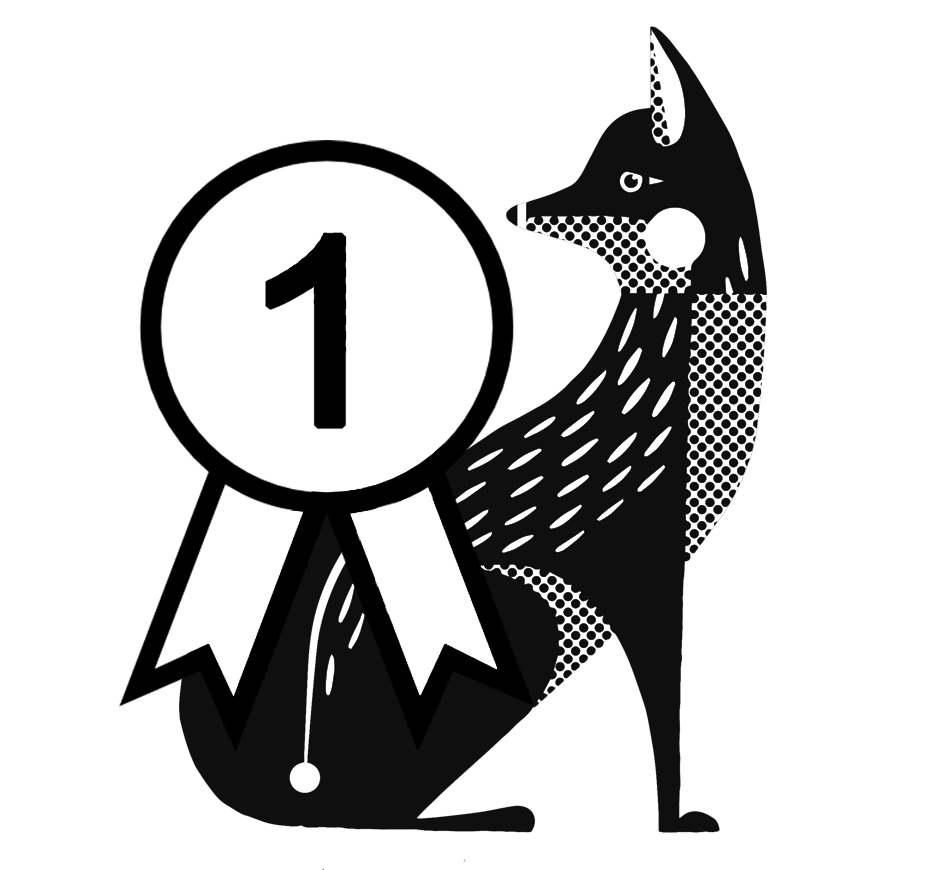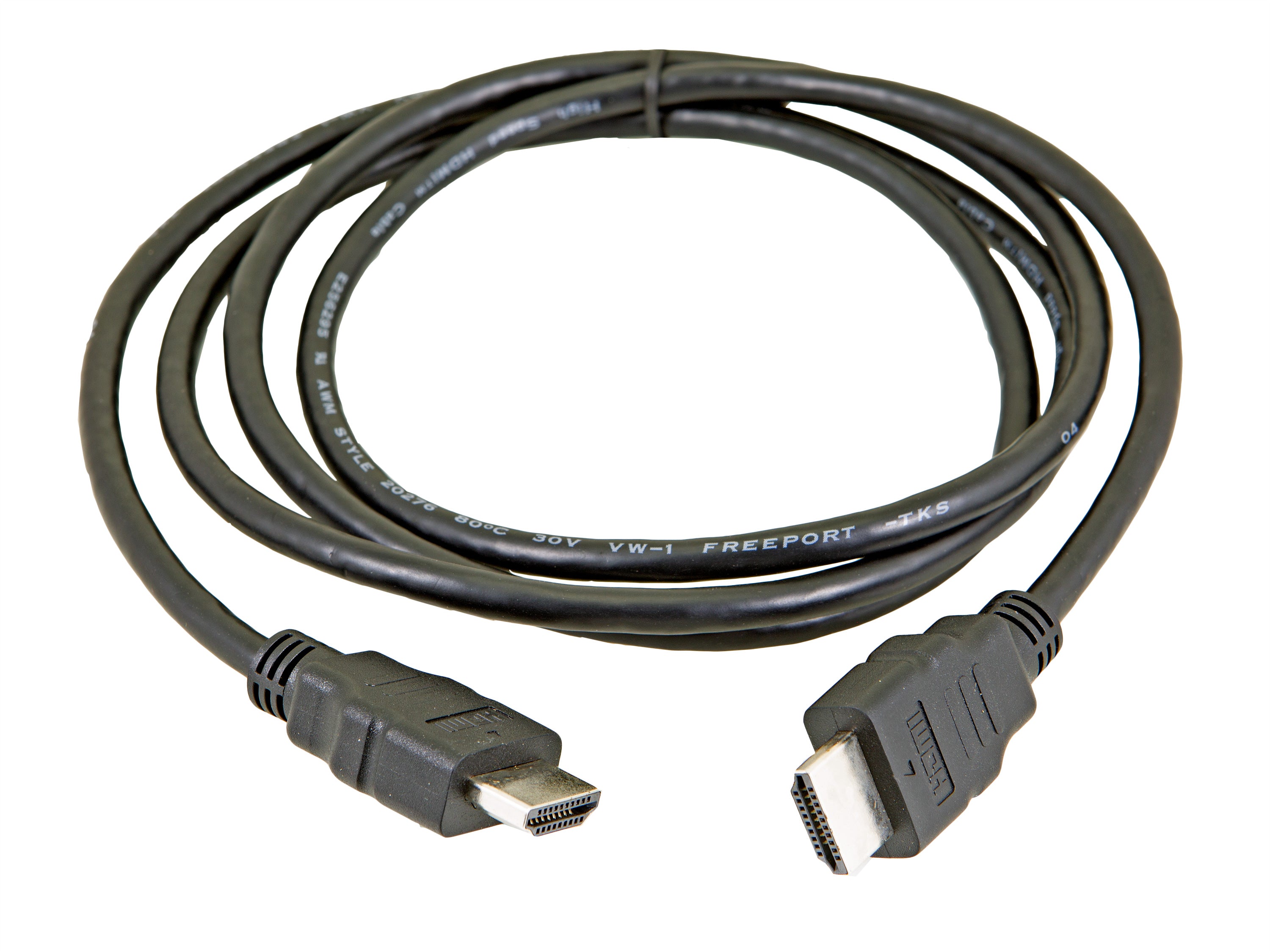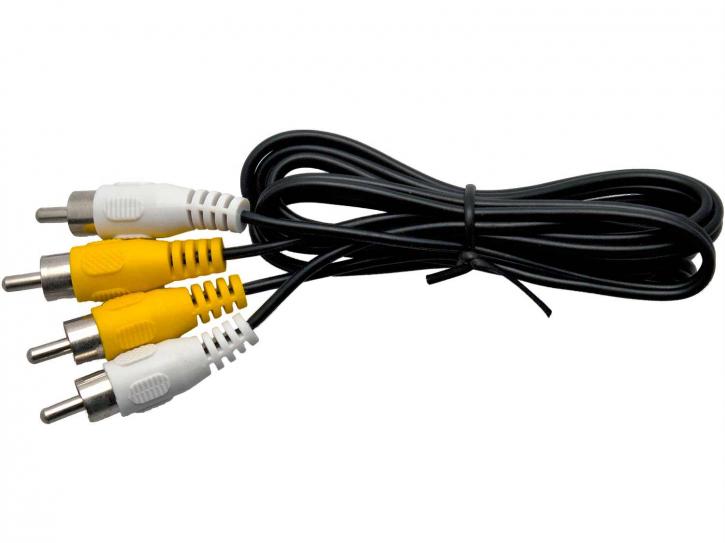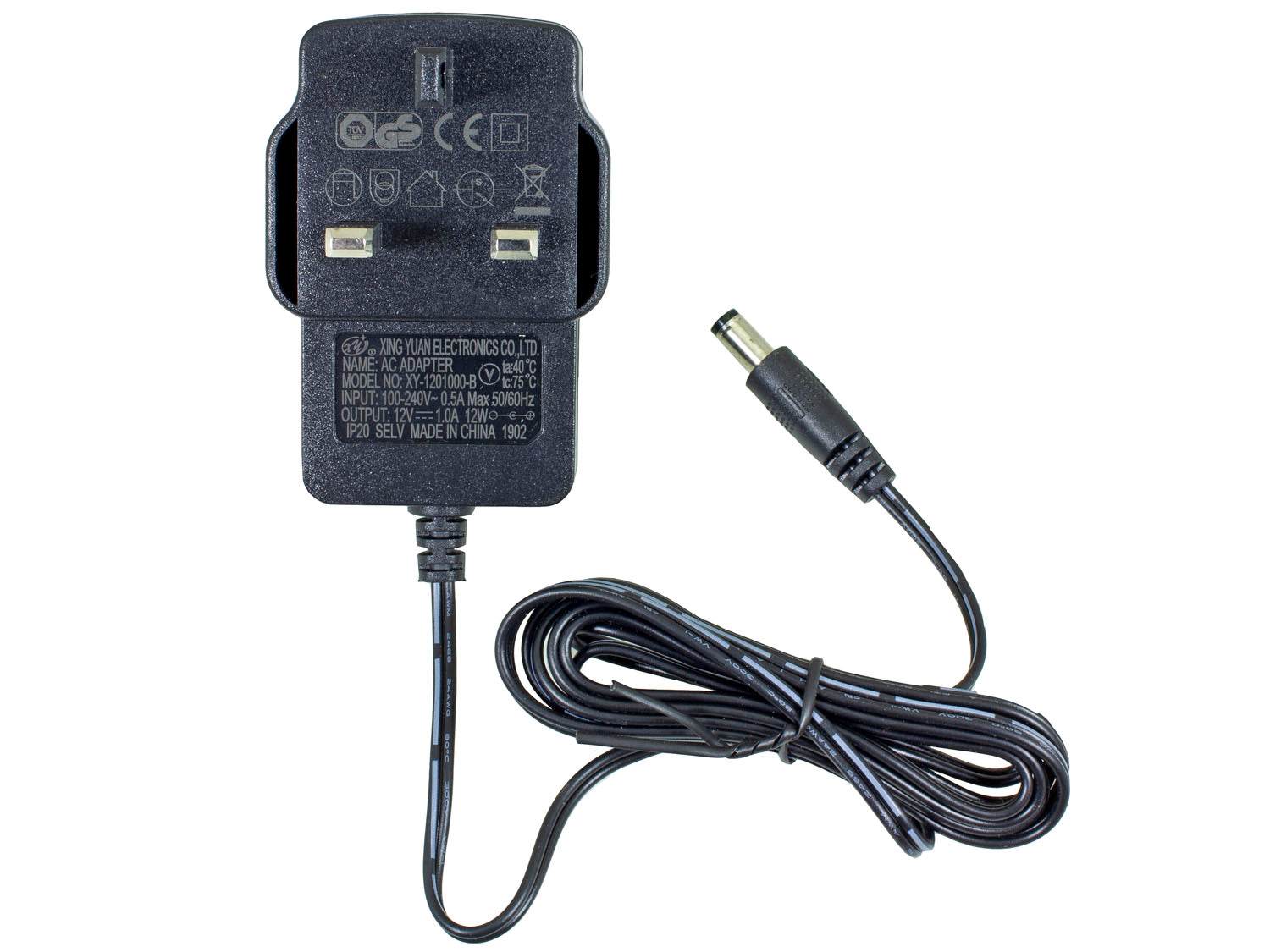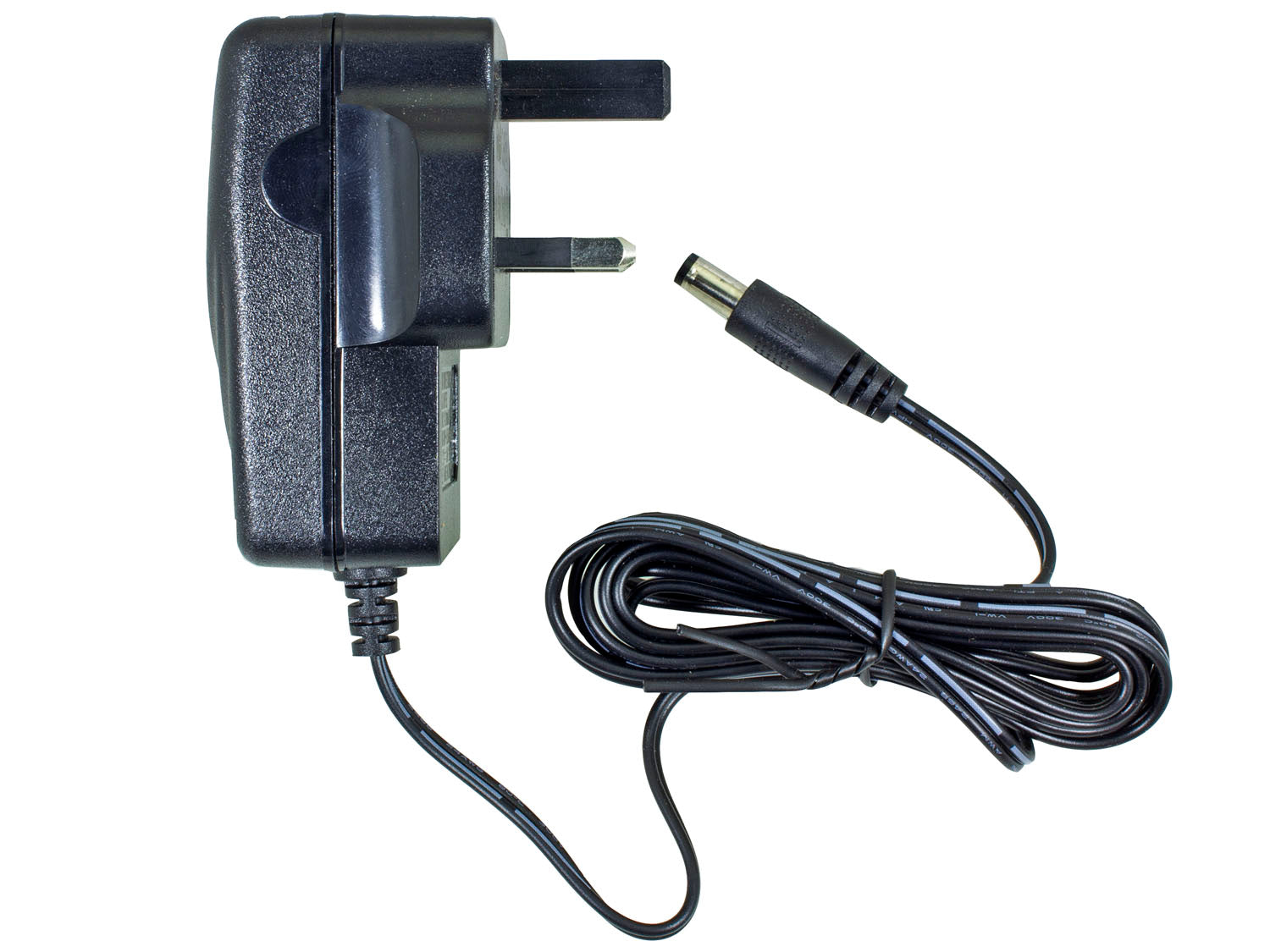For animal enthusiasts, the experience of watching wildlife from the comfort of your own home can’t be beaten. Unfortunately, with our ever-expanding urbanisation and development in the UK, wildlife is increasingly being pushed out of lives and into less inhabited areas, where it’s harder for wildlife watchers to continue their hobby without being disruptive to habitats.
If you want wildlife to flourish in your garden, you need to give it a helping hand. With a few gardening techniques, you can transform your outdoor space into a wildlife-friendly garden full of a variety of insects, birds, and larger animals like foxes and hedgehogs. Plus, not only will this enhance your enjoyment of your garden, but it will also protect the local ecosystem, encourage biodiversity, and help reduce pest problems by attracting natural predators.
Here are our top 14 gardening tips for creating a wildlife-friendly garden that attracts an abundance of birds, insects and mammals:
1. Provide shelter and nesting space
If you build it, they will come! Animals need food and shelter, so as long as you provide both of those things, you should start to notice more wildlife in your outside space. Building your own wildlife nests and shelters will make things even more convenient for your favourite critters, who will already have pre-made safe spaces to stay.
If you love to get stuck into some DIY and already have some supplies lying around, you can build your own wooden bird boxes, hedgehog boxes and bug hotels by following online tutorials. Or, if you’re not a DIY fan – or simply don’t have the time – you can buy all of the above here at Green Feathers. All of our habitats are made from thick wooden planks, making them durable, long-lasting and sustainable. Plus, you can also install our camera kits to keep an eye on what’s sheltering in your garden. Our bird box kits and hedgehog camera kits are all extremely easy to set up, and you can even connect the live feed to your Green Feathers app to watch wildlife from your phone whenever you want! This is the perfect way to keep up your wildlife-watching hobby without disturbing any animals.
2. Leave wild areas
Perfectly landscaped gardens and manicured lawns aren’t very compatible with creating a wildlife-friendly environment. Long grass, abundant flowers and natural materials like fallen leaves and twigs are all very attractive to wildlife, so if you want to create a safe space for animals, it’s best to adapt your gardening practices to let things run a bit more wild. These wild areas offer plenty of shelter and food for insects and small animals, which will forage for food (e.g. seeds and berries) and take cover from predators in long grasses. Predators will also appreciate a wilder garden, as the abundance of prey in the long grass will provide plenty of food for them to hunt. For example, owls tend to hunt in long grasses where they can catch animals like voles and field mice, so if you’re a keen bird watcher, this is one way to attract owls to your garden.
If you don’t like the idea of letting your whole garden run wild – don’t worry! You can set aside one side or corner of your garden to be the “wild” area, and you can maintain the rest however you want. For the “wild” section, there’s not much you need to do except let nature take its course – this is the whole principle of “rewilding”.
3. Create a meadowland
Alternatively, you can try to cultivate your wild garden to create a meadowland. According to the Royal Horticultural Society (RHS), we have lost 96% of our diverse, species-rich meadows since the 1950s, which has been devastating for many of our natural species here in the UK. Meadows are simply a mixture of grasses and wildflowers, making them fantastic for insects like bees and butterflies and small mammals like field mice. Simply scatter some wildflower seeds (such as corn marigolds, poppies and buttercups) across the wild area of your garden and let them grow.
4. Plant trees
One of our top gardening tips for attracting wildlife is to plant trees in your garden. Thanks to their large surface area and ability to grow a range of food sources, including berries, flowers and seeds, trees are perfect for providing plenty of shelter and food for a diverse array of creatures. Plus, trees are a great feature for your garden in any case, helping you to increase privacy, reduce noise, and create shady spots for the summer.
No matter how big or small your garden is, you can plant trees to improve the biodiversity and sustainability of your outdoor space. Silver birch is a medium-sized native tree that provides year-round food and shelter for a huge number of insect species, which means it’s also brilliant for the many birds and other animals that feed on these insects. Smaller trees like crab apple and wild cherry can be easier to fit into less spacious gardens, and they provide fruit that feeds blackbirds, robins, foxes, badgers and more. For very small spaces, potted trees and shrubs are a great option.
5. Plant shrubs and hedges
Similar to trees, smaller shrubs and hedges also provide food and shelter for insects, birds and mammals, helping your outdoor space attract a diverse range of wildlife. For example, dogwood, dog rose and hawthorn grow flowers and berries that feed animals and provide nectar for insects. Plus, many bird species build their nests in hedges, and hedges also provide much-needed cover for prey animals. Planting plenty of trees, shrubs and hedges in your garden will therefore create a safe environment for wildlife to thrive in.
If you have hedges in your garden that house wildlife, including bird nests, you’ll need to adjust your gardening habits to keep them safe and happy. For instance, you’ll need to avoid pruning your hedges during bird nesting season, which generally runs from February to August in the UK. Excessive pruning in this period could lead to you disturbing or destroying bird nests.
6. Avoid pesticides
Another essential gardening tip for protecting the wildlife in your garden is to completely avoid using pesticides if possible. While it’s annoying to have pests in your garden that destroy your plants, the chemicals in these pesticides are highly toxic to wildlife. Not only does it affect the pests, but it also moves up the food chain when other animals eat the pests, which means that natural predators like owls end up with extremely harmful concentrations of chemicals in their bodies. If you’ve got a pest problem, it’s better to solve it naturally and encourage predators like owls into your garden by providing food and shelter for them, such as bird boxes and long grass to hunt in.
If you’ve used pesticides in the past and now want to get rid of them, you need to dispose of them safely. Don’t put them in your regular bin or down the drain, since animals could get to it or the pesticide could end up in water sources. Check with your local council to find out where to dispose of hazardous waste in your area.
7. Add a water source

Speaking of water sources, this is another brilliant feature you can add to create a wildlife-friendly garden – as long as you keep it free of harmful chemicals! Ponds are the best for attracting a wide variety of creatures, but you shouldn’t fill them with fish or they’ll just eat the local wildlife. Allow plants and wildlife to fill the pond naturally as they’re drawn to the water source. And when you install your pond, make sure you add a sloping side or a ramp so that animals won’t get stuck in there.
If you can’t fit a small pond in your garden or don’t want to undertake a bigger project like this, you can simply install a bird bath or place a container of water in a secluded part of your garden. Even a large pot, washing up bowl, old sink or inverted dustbin lid will do! Add your water source near hedges, shrubs and trees so that wildlife can approach the water from a safe, covered area. To complete this feature, place some plants and rocks around it to help it blend in and look more natural.
8. Install bird feeders

Love watching birds in your garden? Installing a bird feeder is one of the easiest ways to get a variety of bird species on your property, especially if you also have a bird bath. Worried about missing your favourite birds while you’re not watching? With our wildlife cameras, you can keep an eye on your bird feeder whenever you want via our app. Check out our bird feeder kits to get everything you need to set up your bird feeder and camera.
9. Plan your flower planting
Planning out the flowers you choose to plant in more detail will help you provide an abundant supply of food all-year-round, so there will never be a period in the year where wildlife won’t be able to enjoy your garden. Flowers that produce pollen for a long time, such as crocuses, lavender and foxgloves, are great choices, and you should also consider when each plant flowers throughout the year so that you can plant a variety of species that bloom both early and late.
10. Add log piles

If you’re hoping to encourage more unconventional wildlife too, decaying wood is a fantastic habitat for beetles, worms, bees, woodlice and fungi. Leave a pile of old wooden logs in the “wild” area of your garden if you have some leftover supplies you can use for this purpose. To make this habitat even more appealing, drill a few holes into the wood to create shelters for insects. Or, if you want a pre-made solution, our bug hotels are the ideal eco-friendly habitat for insects in your garden. Install our wildlife cameras nearby to see what’s taking up residence in your little hotel!
11. Compost organic waste
If you aren’t already composting your organic garden waste, you should really get started! As well as being an eco-friendly way to dispose of waste, composting creates fantastic mulch for your garden, which means you won’t need to spend money on buying separate fertilisers. The mulch will break down over time and release nutrients into your soil, thus improving soil quality. This is highly beneficial for both your gardening efforts and attracting creatures like earthworms and insects.
Another benefit of composting is that the decomposition process releases heat, which many animals are attracted to. As such, you may find creatures like grass snakes, slow worms, millipedes and hedgehogs sheltering in your compost or foraging for food there.
12. Create a rock garden
A simple landscaping tip is to create a little rock garden in your outdoor space. All you need to do is stack a few rocks haphazardly in one corner of your garden – keeping it natural-looking and generally untouched is best for encouraging wildlife. This creates an attractive habitat for animals like mason bees and small lizards.
13. Put out extra food
Offering extra food is an easy way to get the attention of local wildlife. Just like installing a bird feeder full of seeds is sure to attract birds to your garden, putting out other types of food can help you attract other animals. For example, fruit is appealing to foxes, badgers love mealworms, owls are partial to a bit of raw chicken, and dry cat food is great for hedgehogs. Leaving out food is particularly helpful during a harsh winter, but be careful not to rely on this tactic too much. It’s not good for wildlife to depend on humans for food, so try to not interfere in their lives too often.
14. Focus on the bigger picture
Remember that wildlife doesn’t respect property boundaries. Even if your garden is a perfect haven for wildlife, animals are still very much affected by the whole surrounding area. So if your neighbourhood isn’t very wildlife-friendly, this could impact your efforts.
So, what can you do to affect your wider community? You can support local projects and political movements in your area that champion biodiversity, such as initiatives to protect existing green spaces and plant more trees. You can also adopt sustainable behaviours such as reducing the amount of waste you produce, recycling, using less energy and reducing the amount of travelling you do by car. Get involved with community groups and gardening clubs where you can talk about sustainability and biodiversity with others.
For more gardening and wildlife-watching advice, make sure you visit the Green Feathers blog. You can also get in touch if you have any questions about our products or the advice you’ve read in our blog posts – we’re always happy to help!



